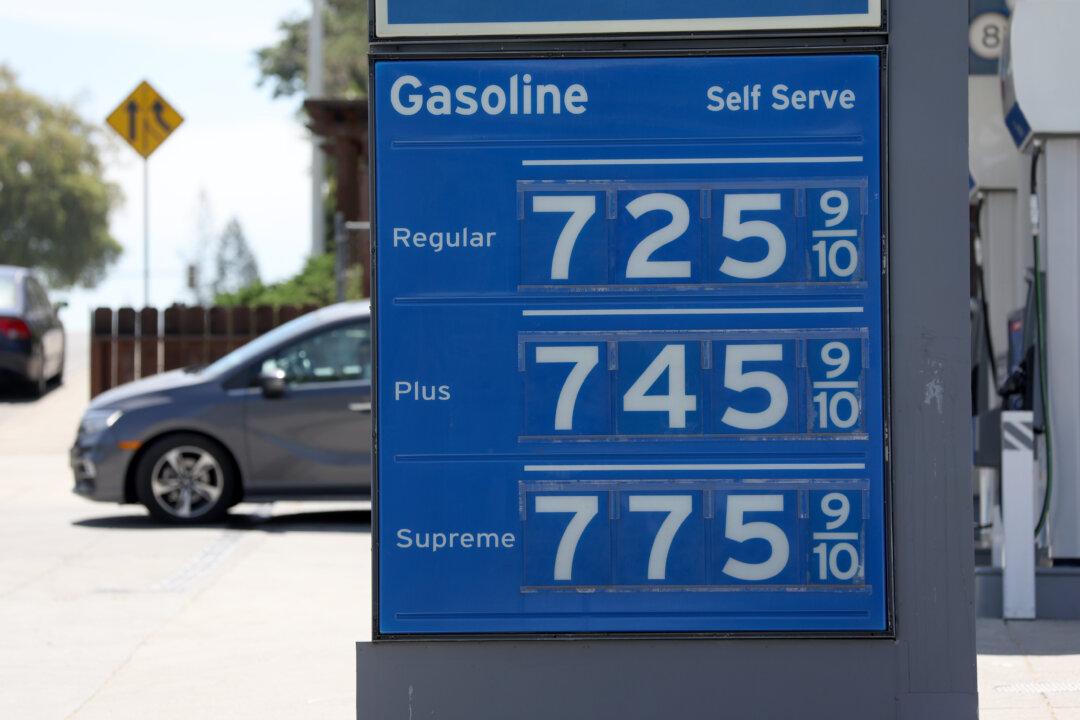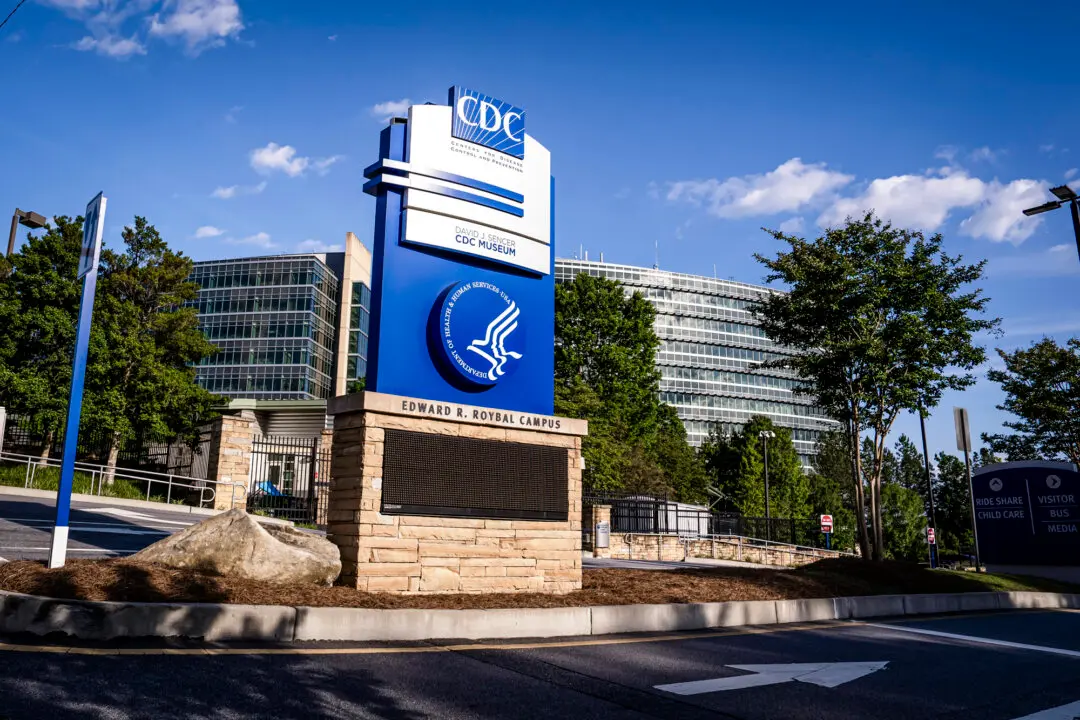The nationwide price of gas on Tuesday soared to a tenth daily consecutive record high of $4.91 per gallon on average as AAA data suggests that 13 states have hit $5 per gallon or more.
According to data posted by the automotive group AAA, the average price has risen to $4.919 per gallon of regular gasoline as of Tuesday afternoon. The price stood at $4.86 per gallon on Monday, meaning prices rose about 5 cents overnight.





